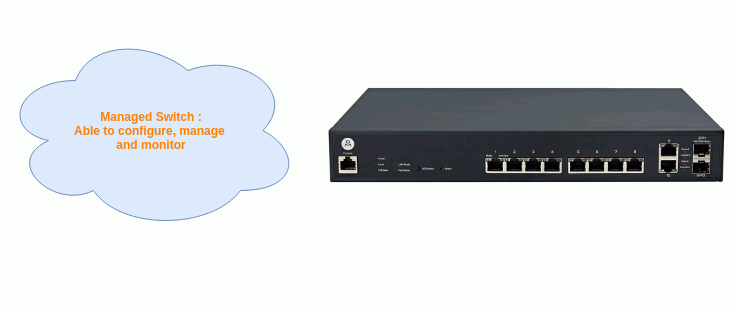We live in a world where anything that computes, connects. Today, seamless and reliable connectivity is non-negotiable. While the end user browses through Google and web pages, the packets from the PC travel overseas to reach google and vice versa, behind the scenes. These packets are routed via switches and routers. With increasing data consumption and plethora of IoT devices, routers and switches have gained complexity and become difficult to manage.
Within an enterprise, a private network is setup to handle the data. This helps ensure multiple access levels, different quality of services for different subnets, security aspects and a better way of monitoring data access. A network switch plays a key role in this data network.
Here, I will discuss my view on how we can go about managing the switches better.


